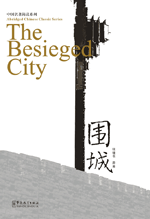 Sinolingua‘s terrific series of abridged editions of classic Chinese books includes one of my favorites, which may well be the finest novel written in Mandarin during the twentieth century: Qian Zhongshu’s Wéichéng (圍城/围城), best known in English as Fortress Besieged but published by Sinolingua with the English title of The Besieged City.
Sinolingua‘s terrific series of abridged editions of classic Chinese books includes one of my favorites, which may well be the finest novel written in Mandarin during the twentieth century: Qian Zhongshu’s Wéichéng (圍城/围城), best known in English as Fortress Besieged but published by Sinolingua with the English title of The Besieged City.
I’m very pleased to announce that Pinyin.info now offers the first chapter of Sinolingua’s edition this book, along with an audio file of it being read aloud. This edition is in Mandarin, in word-parsed Hanyu Pinyin (with Chinese characters underneath) and has a few notes in English as well as mp3 files of the text being read aloud.
Here’s the download page: Wéichéng (圍城/围城/).
I’ve often told people who plan to go to China and want me to recommend a book that will help them “understand” the country (as if!) they’re about to visit: “By all means, read the Analects of Confucius, the Dàodéjīng, and the Zhuāngzǐ; but know in advance that they’ll be about as relevent to your trip as reading the Gospels would be to someone from China who’s about to travel to the West for the first time. And don’t waste your time with crap like The Tao of the Chinese Boardroom’s Inner Art of Feng-shui or whatever. Read Fortress Besieged. It’s as good a start as just about anything — and a lot more fun to read.”
The novel is also available in a fine English translation.
Related reading:
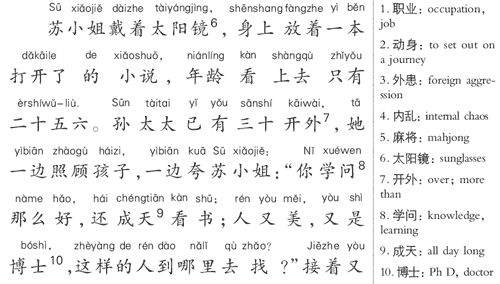

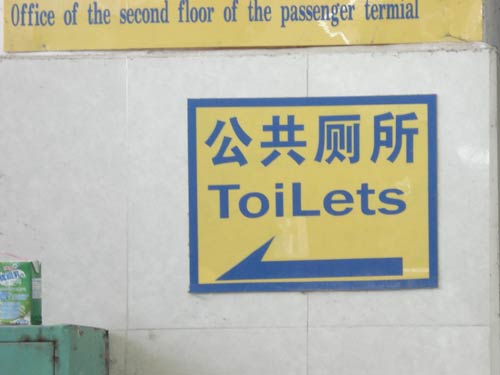
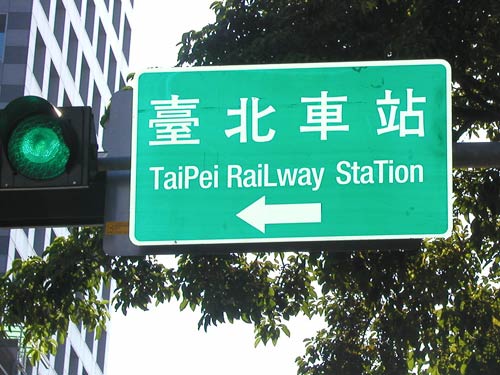
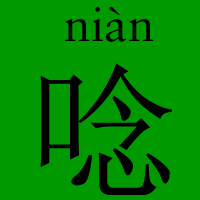 My recent addition to this site of
My recent addition to this site of 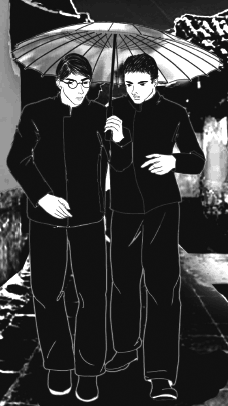 This bit of news is simply wonderful. As part of
This bit of news is simply wonderful. As part of 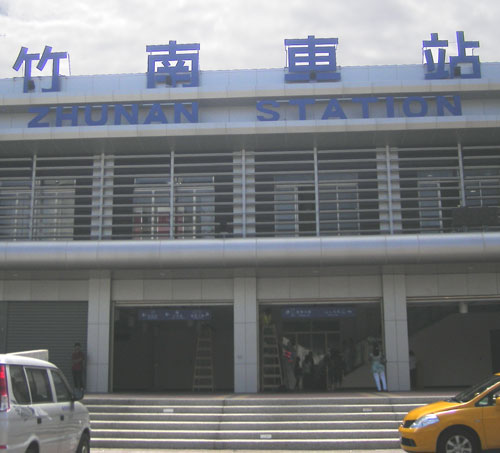
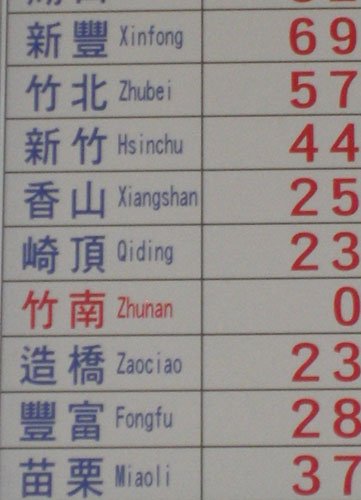
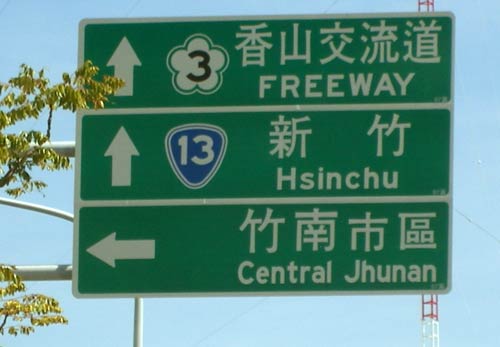
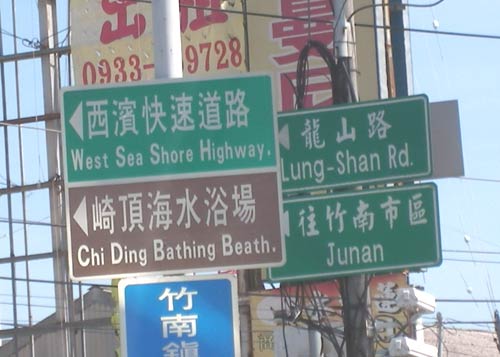
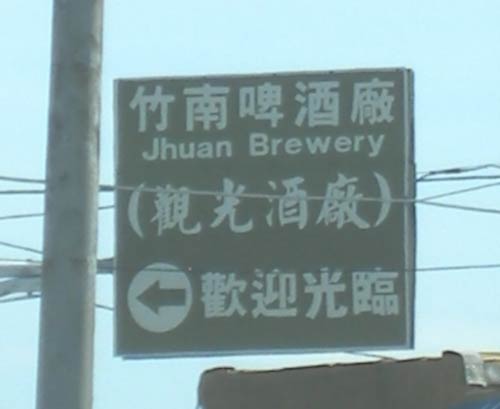
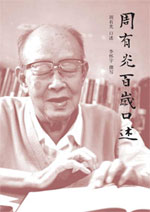 I didn’t have any luck finding anything in Sin Wenz (
I didn’t have any luck finding anything in Sin Wenz (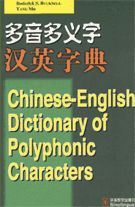
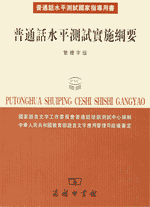
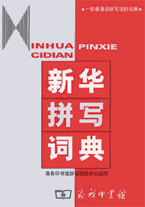
![beijing_bookstore sign in a Beijing bookstore reading 'Education Theury' [sic]](https://pinyin.info/news/news_photos/2009/07/beijing_bookstore.jpg)